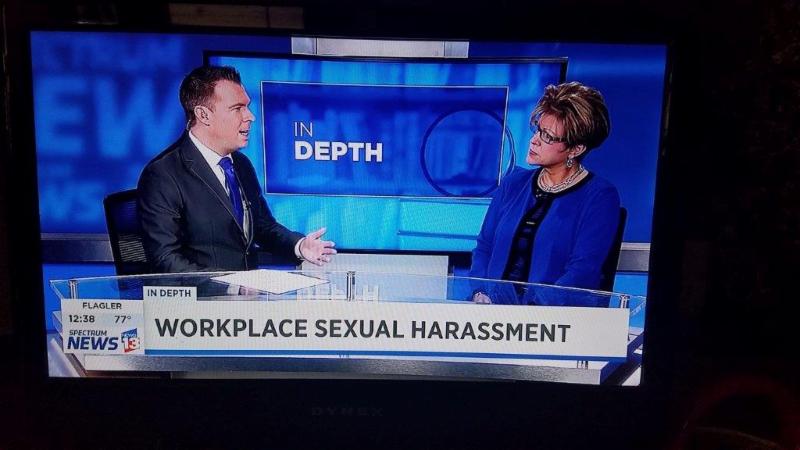Sexual Harassment
The Floodgates Are Open . . . Will Your Company Sink or Swim?
by Jean Seawright
Check any news outlet today and you're almost certain to hear about a new sexual misconduct scandal involving an executive, politician, or entertainer. The allegations are nothing short of shocking, ranging from offensive acts of sexual harassment to criminal acts of sexual assault. In response, a multitude of corporations are mandating sexual harassment training for all employees.
This surge of sexual misconduct allegations has, once again, put sexual harassment in the spotlight. Sexual harassment is a prohibited form of sex discrimination under Title VII of the Civil Rights Act of 1964. This federal law is enforced by the Equal Employment Opportunity Commission (EEOC) and covers businesses with 15 or more employees in 20 or more calendar workweeks in the current or preceding year. Even if your business is not covered by Title VII, it may be covered by a state, local, or county anti-discrimination law that prohibits workplace harassment for smaller businesses.
Sexual conduct becomes unlawful under employment regulations when it is unwelcome and severe or pervasive enough to alter the conditions of employment and create an abusive working environment. This happens when the harassment culminates in a tangible employment action (e.g., termination, demotion, etc.) or is sufficiently severe or pervasive to create a hostile work environment. Today, an employer can be held liable for sexual harassment by a supervisor even if it had no knowledge of the supervisor's misconduct. Gone are the days of "hear no evil, see no evil, know no evil" defenses. If your business receives a charge of sexual harassment discrimination from the EEOC or another fair employment practices agency and you can't prove that you attempted to prevent harassment and/or that you adequately addressed the complaint, you're guilty.
